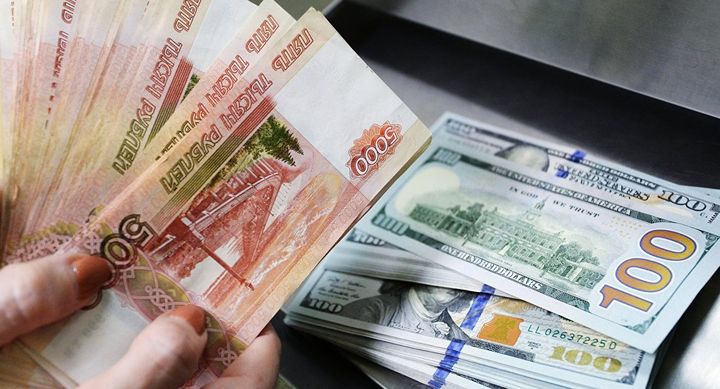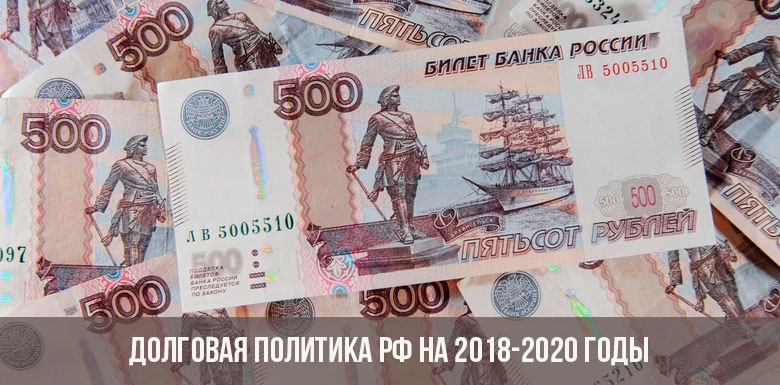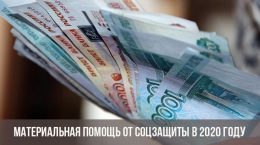Content [Hide]
The Russian economy is forced to adapt to new conditions, as indicated by the approved debt policy of the Russian Federation for 2018-2020. Unable to borrow money in foreign markets, at this stage the task was set not only to optimize budget expenditures, but also to fully use alternative borrowing options, while maintaining the current level of government debt at a safe level. Moreover, the current period will be characterized by a relatively low growth rate of GDP and significant restrictions that will in every way inhibit the growth of this indicator.
Government borrowing
According to the provisions of the debt policy for 2018-2020, state borrowing remains the main source of financing the state budget deficit (in particular, in 2019 their volume will amount to at least 1.2% of GDP). But as the reserves of the Reserve Fund decrease, borrowing volumes will grow steadily (preference will be given mainly to the domestic debt market). And it is possible that the budget deficit will be covered only through the use of this type of financing (in 2019, its share will be 91%).
Over the indicated period, the share of external borrowings in securities will acquire a negative value, while gross domestic borrowings, on the contrary, will increase. It is assumed that by the end they will be the highest in the entire history of Russia.
Accordingly, one can clearly trace the trend of gradual accumulation of large budgetary risks, which is explained primarily by the possible deterioration of lending conditions and a phased increase in the debt burden. As the most negative scenario, the situation is considered when the Russian Federation, as a sovereign borrower, will not be able to attract credit resources on conditions acceptable to itself and in the necessary volumes.

Domestic borrowing market
To solve the budget deficit problem, a planned debt policy of the Russian Federation in 2018-2020 will be carried out. to increase borrowing in the domestic market. And there are all prerequisites to believe that in doing so, it will be possible to avoid unwanted unwinding of the debt spiral and negative consequences for the corporate debt market. This will be due to a decrease in inflation to 4% and the preservation of moderate rates in the economy, due to which the attractiveness of fixed-income instruments will increase significantly.
Another prerequisite for a safe increase in borrowing volumes will be an excess of liquidity from Russian commercial banks. Acting as anchor investors, they will provide market participants with the opportunity to invest in securities, which stimulates the development of this segment of the economy. And although non-residents will also acquire OFZs, they will most likely not be ready to increase investment, fearing further economic sanctions against the Russian Federation, which could result in a loss of invested funds for them.
Foreign borrowing
If the situation does not worsen, the Russian Federation will be able to refrain from large-scale borrowing of monetary resources in foreign currency on international markets. Their inflow may have a negative impact on the exchange rate and reduce the value of the ruble.In this regard, the Russian Federation will not abandon the practice of annual borrowing of currency in limited volumes in order to maintain the representativeness of the yield curve of liabilities and maintain its presence in the market as a sovereign borrower. In addition, this will provide an opportunity to increase the circle and the number of potential investors who, if necessary, will be able to provide cash in exchange for bonds, and improve lending conditions for corporate clients.

Within the framework of the approved policy and in order to ensure an even debt burden on the budget, new Eurobonds will be issued in the period under review in order to exchange them for previously issued securities in foreign currency.
Alternative markets
The current geopolitical tension did not pass without a trace for the Russian Federation: it had limited access to external financing, and some Russian companies also faced this problem. Given this fact, the debt policy of the Russian Federation at the present stage in 2018-2020. designed to solve another problem - to provide economic entities with access to alternative sources of financing. And an unconditional priority in this area is the organization of the issuance of new debt instruments - OFZ in RMB, intended for investors from China.
Interest in the national currency of China is not accidental: in this country there is a high capacity of the debt market, not to mention the great potential of the renminbi, which could become a new reserve currency. The Russian Federation is also interested in closer cooperation with the PRC, but in order to accomplish the task it will have to solve a number of organizational issues and agree on cooperation with local market regulators who control investment activity. If the Chinese regulators are not interested in cooperating with the Russian Federation, Russian bonds will not enter the PRC market and will have to look for another alternative source of financing to cover the current budget deficit.
Read also:




















